When it comes to building a solid workout routine, one of the most important — and most confusing — questions is this: What weight should I use? Whether you're stepping into the gym for the first time or you're a seasoned lifter looking to fine-tune your progress, understanding how to select the right weight is crucial for safety, effectiveness, and long-term results.
What Does "Weight for Workout" Really Mean?
The term “weight for workout” refers to the amount of resistance used during an exercise. This can include dumbbells, barbells, kettlebells, cable stacks, or even machines at the gym. Choosing the right weight helps ensure proper form, prevents injury, and optimizes muscle stimulation — whether you're aiming for strength, hypertrophy (muscle growth), or endurance.
Best Weight for Workout Goals
Different goals require different approaches when it comes to selecting weights:
-
For Strength Training: Use heavier weights (typically 80–90% of your one-rep max) for lower reps (3–6). These are the weights for lifting that build raw power and are commonly used in powerlifting and athletic performance training.
-
For Bodybuilding / Muscle Growth: Weights for bodybuilding usually fall in the moderate range (65–80% of your max) with 6–12 reps per set. This weight range focuses on time under tension and muscle fatigue.
-
For Endurance or Toning: Lighter weights with higher reps (15–20+) are commonly used in endurance-based routines, especially when the goal is muscle tone, not size.
How to Know You're Using the Right Working Weight
A good rule of thumb: the last 2–3 reps of your set should feel challenging but doable with proper form. If you breeze through all reps without fatigue, it’s time to go heavier. If your form breaks down early in the set, the weight is too heavy.
In gym terms, your “working weight” is the load you can manage for all your sets and reps with consistency, not just your maximum effort. This is the weight that should make up the majority of your training — not your personal best, but your training best.
Weights in the Gym: Knowing What’s What
Gyms can be overwhelming, especially when you're not sure what equipment to use. Here's a quick breakdown:
-
Dumbbells: Great for balance, stability, and unilateral training.
-
Barbells: Ideal for compound lifts like squats, deadlifts, and bench press.
-
Machines: Provide support and isolate specific muscle groups.
-
Kettlebells: Useful for dynamic movements, cardio, and functional strength.
Understanding the type of weight you're using is just as important as how much of it you lift.
Personal Experience: Learning the Hard Way
When I first started lifting, I was obsessed with numbers — always chasing bigger weights, thinking that heavier automatically meant better. I remember bench pressing too much too soon and straining my shoulder. That setback taught me to respect the process and understand that progress comes from consistency, not ego. Once I started focusing on the right weight — not just the heaviest — my form improved, my muscles grew, and I stayed injury-free. That shift made all the difference.
When to Lift Weights (and How Often)
Whether you’re working out at home or in a commercial gym, lifting weights should be part of your weekly routine. For general fitness, aim for 2–4 strength sessions per week, giving muscle groups at least 48 hours to recover. If your focus is weight loss or toning, combine strength with cardio for best results.
Final Thoughts: Weight or Weights? It’s About What Works for You
There’s no perfect number — the best weight for your workout is the one that challenges you today and helps you grow stronger tomorrow. So whether you're adjusting your weights in the gym, adding resistance to your bodyweight exercises, or just beginning to use weight in your routine, remember: smart lifting beats heavy lifting every time.


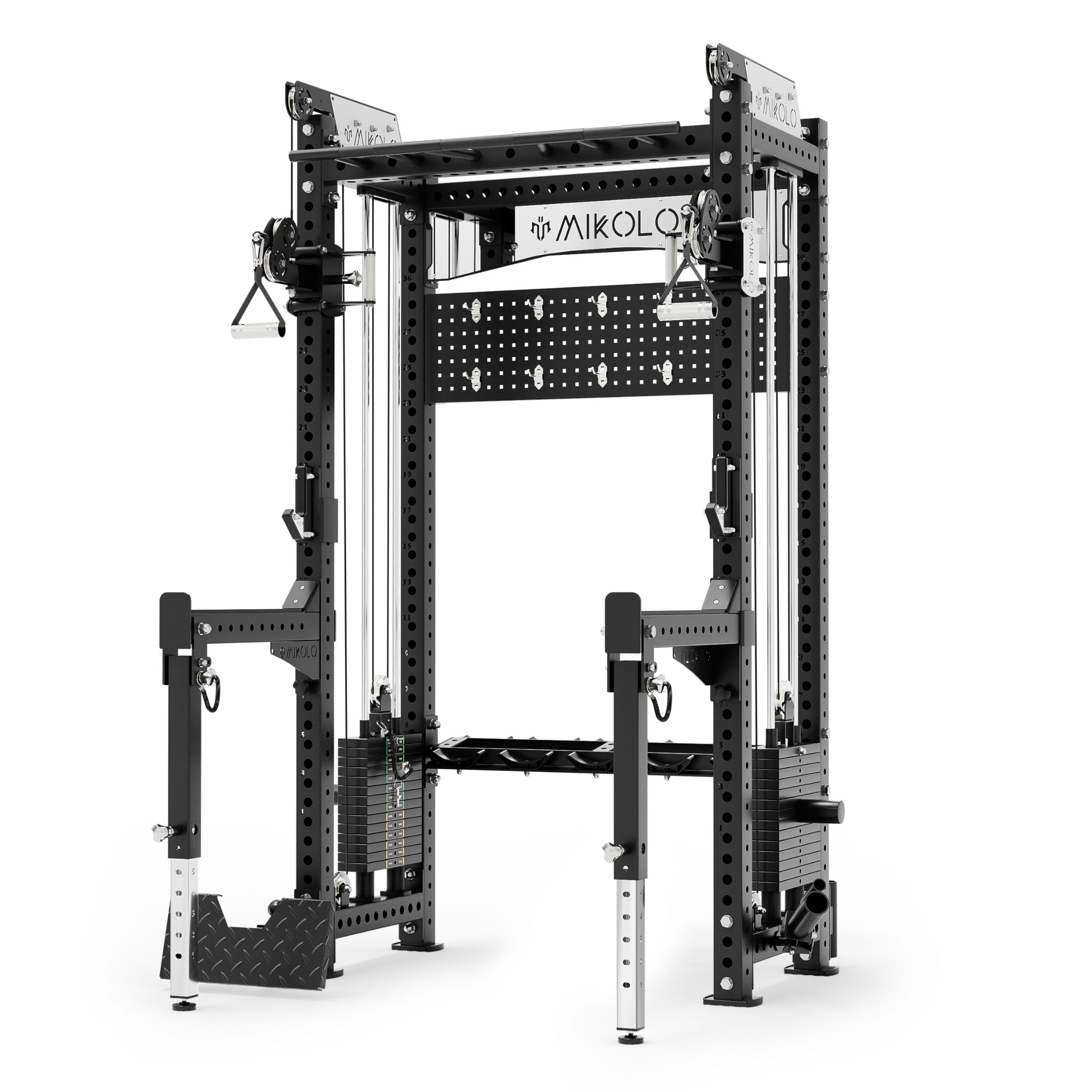
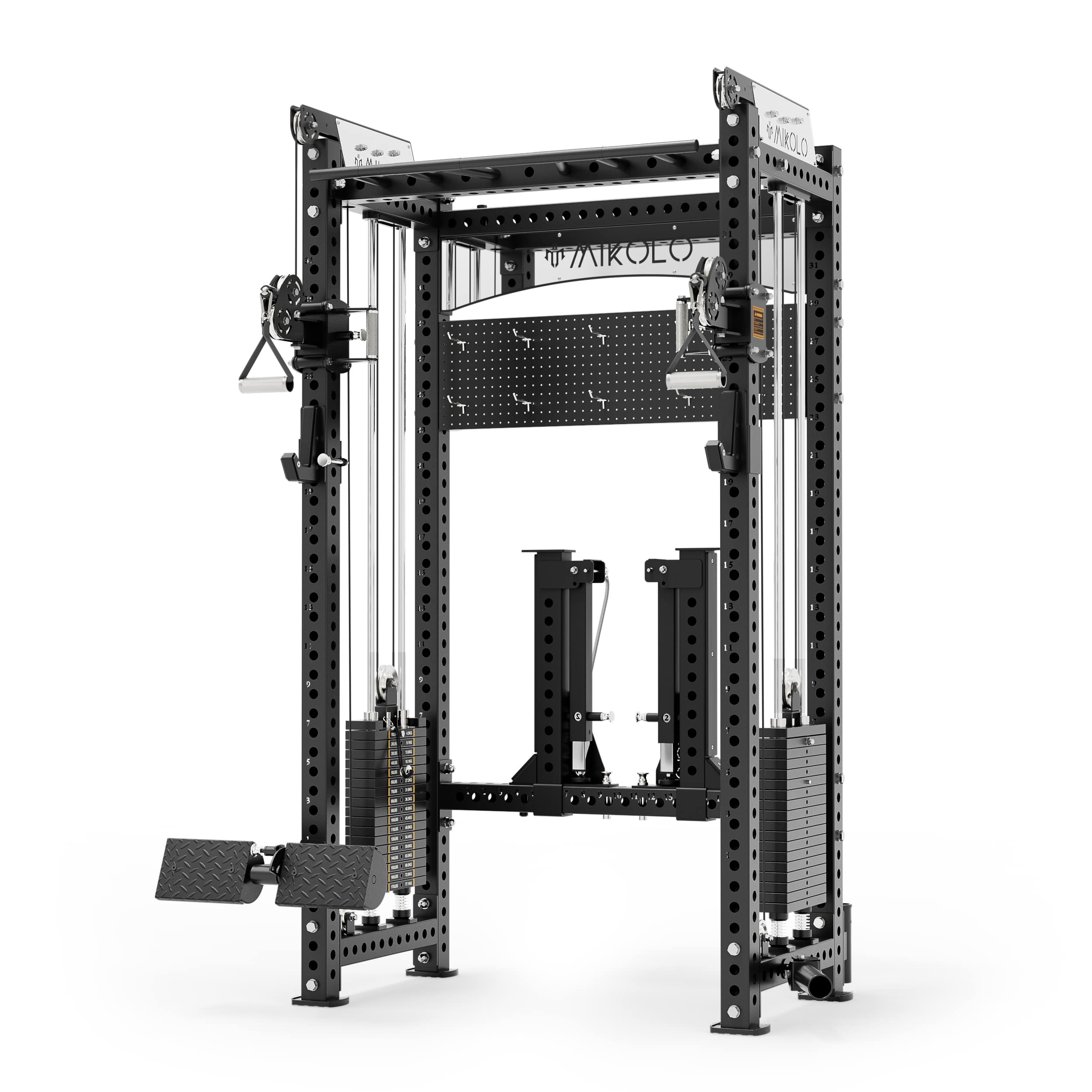
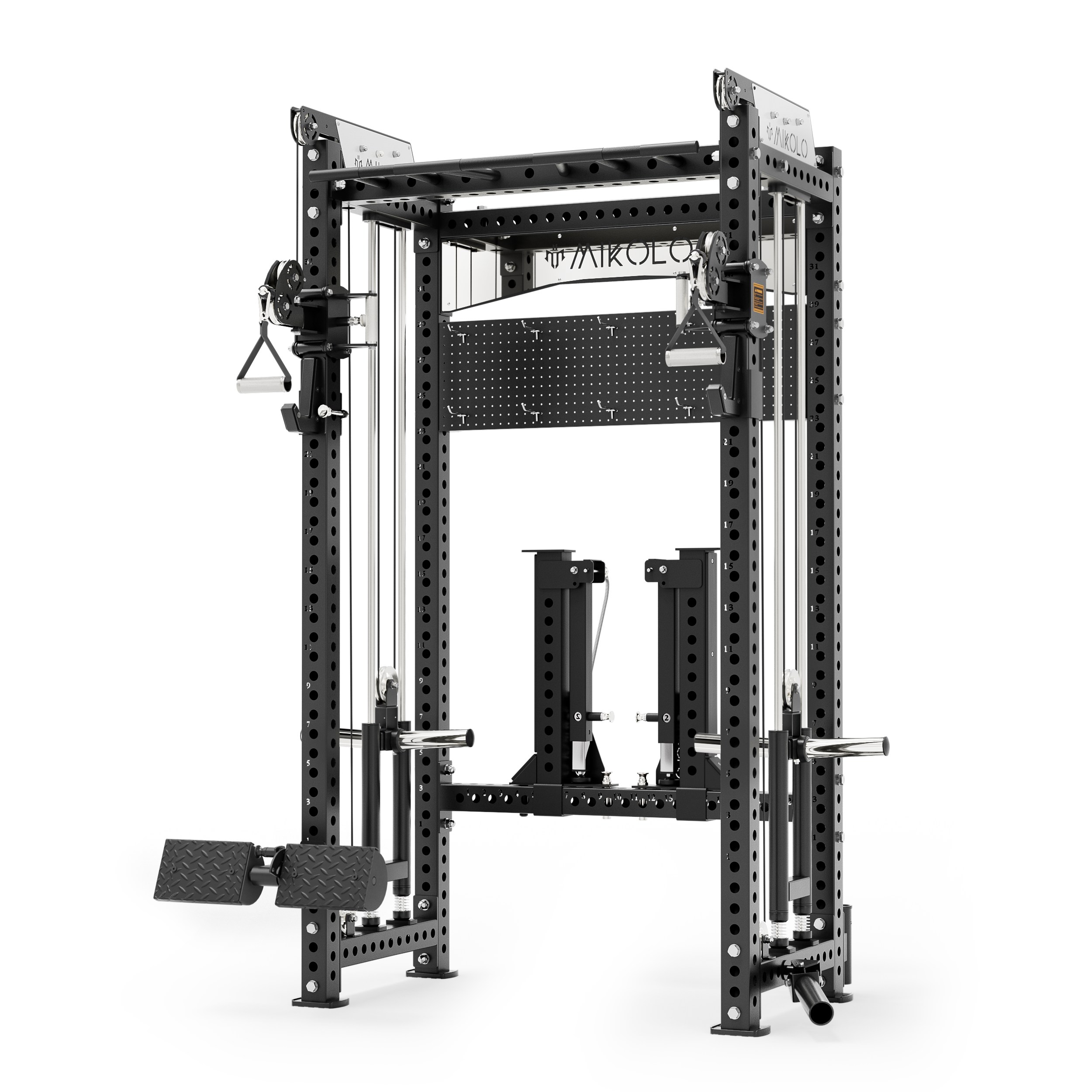
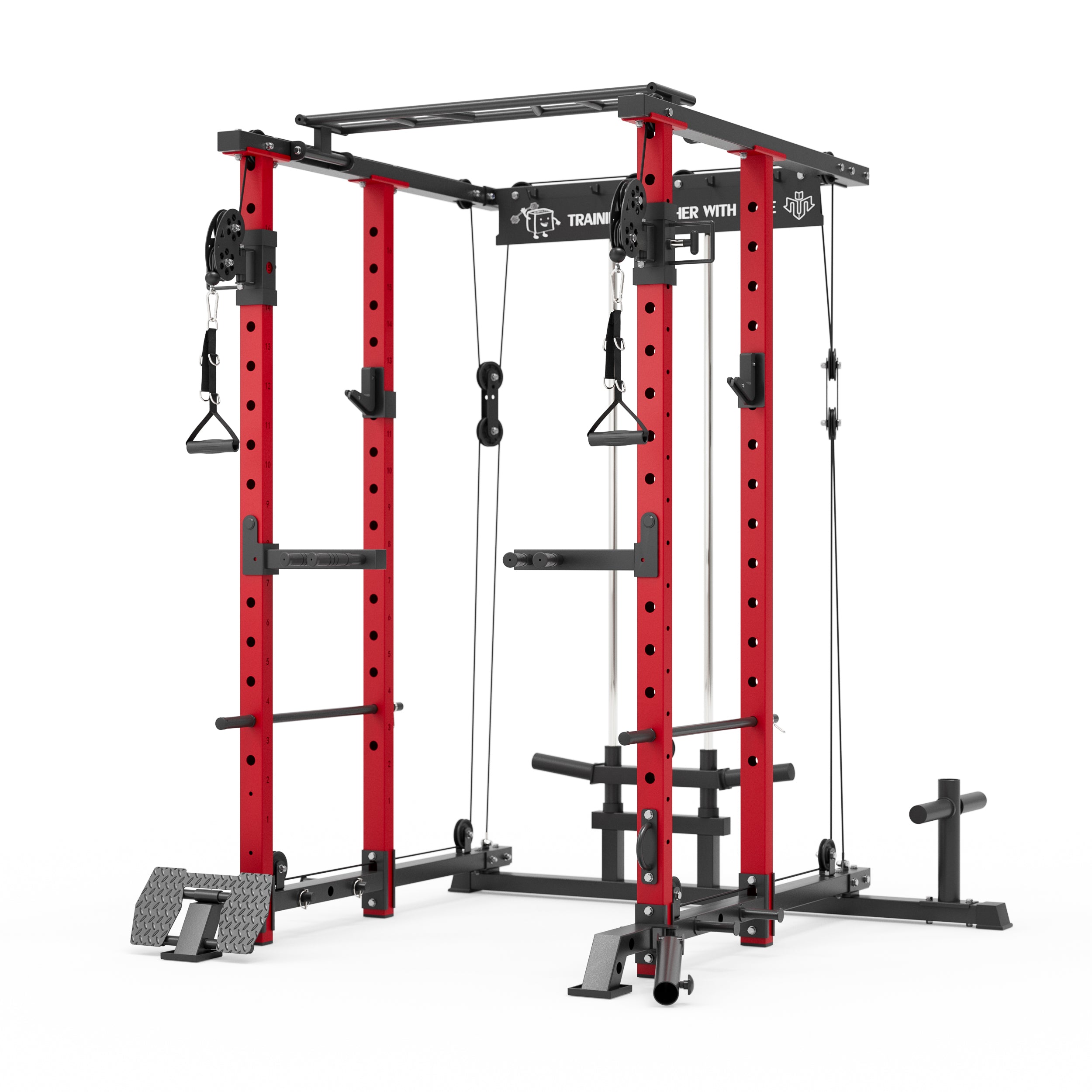

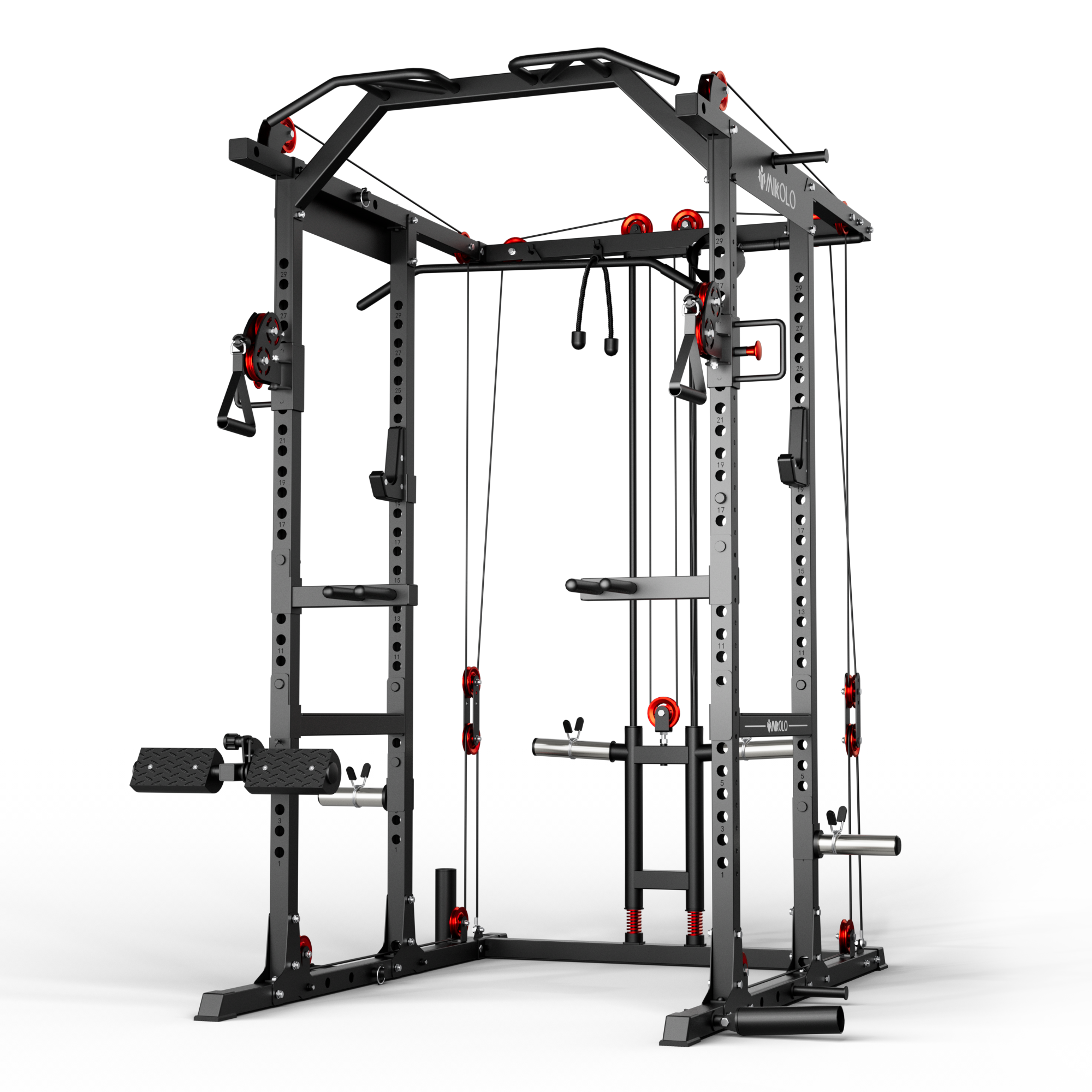
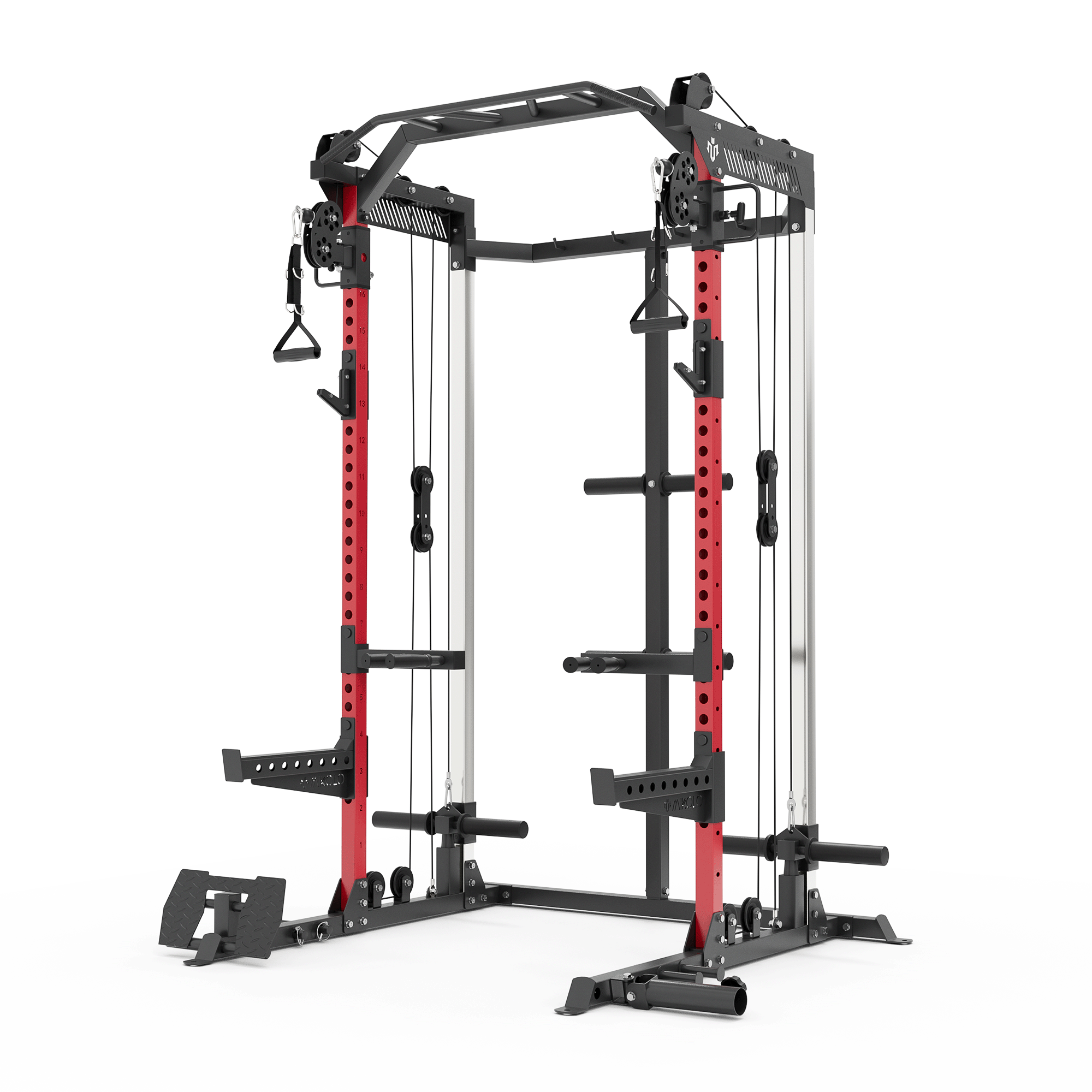

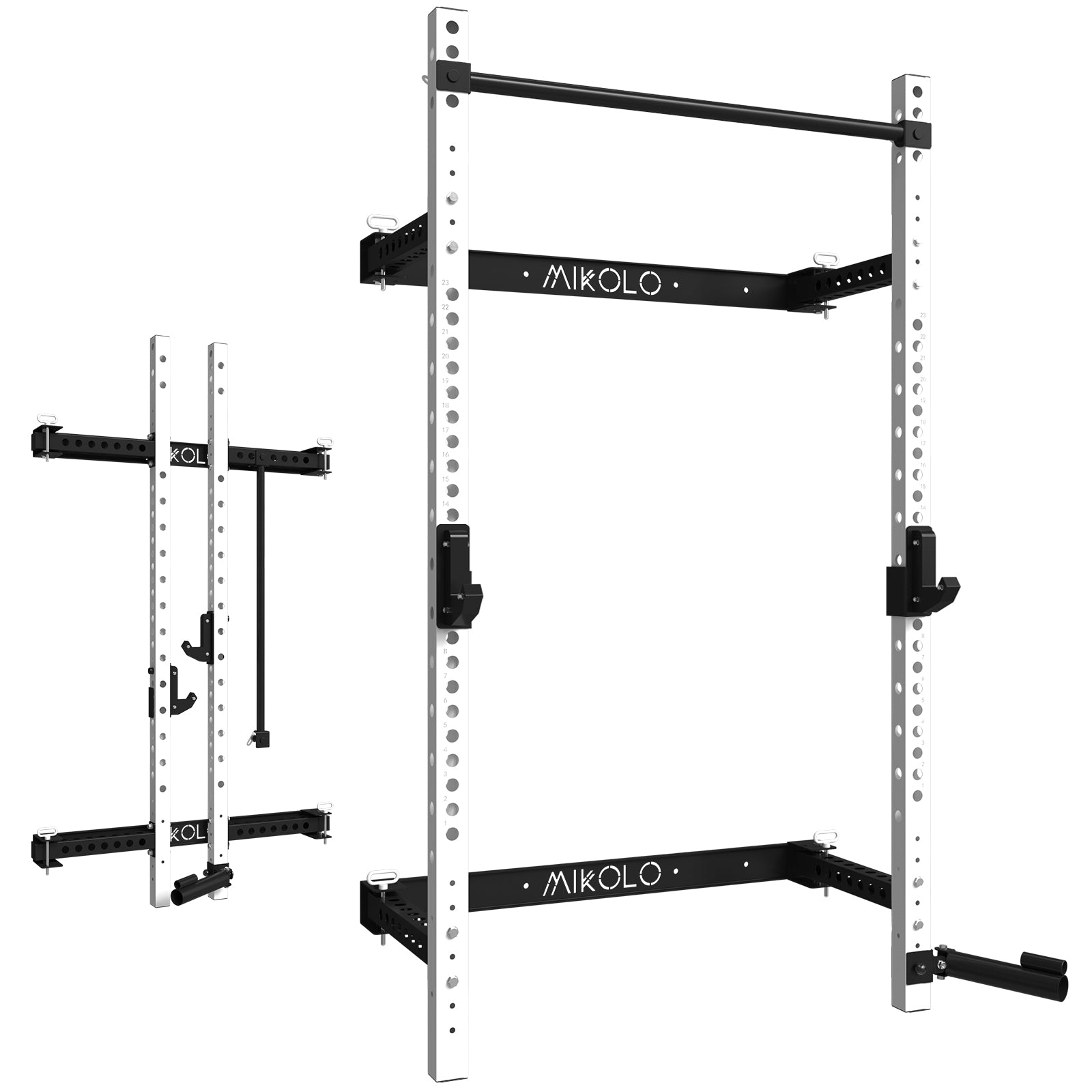


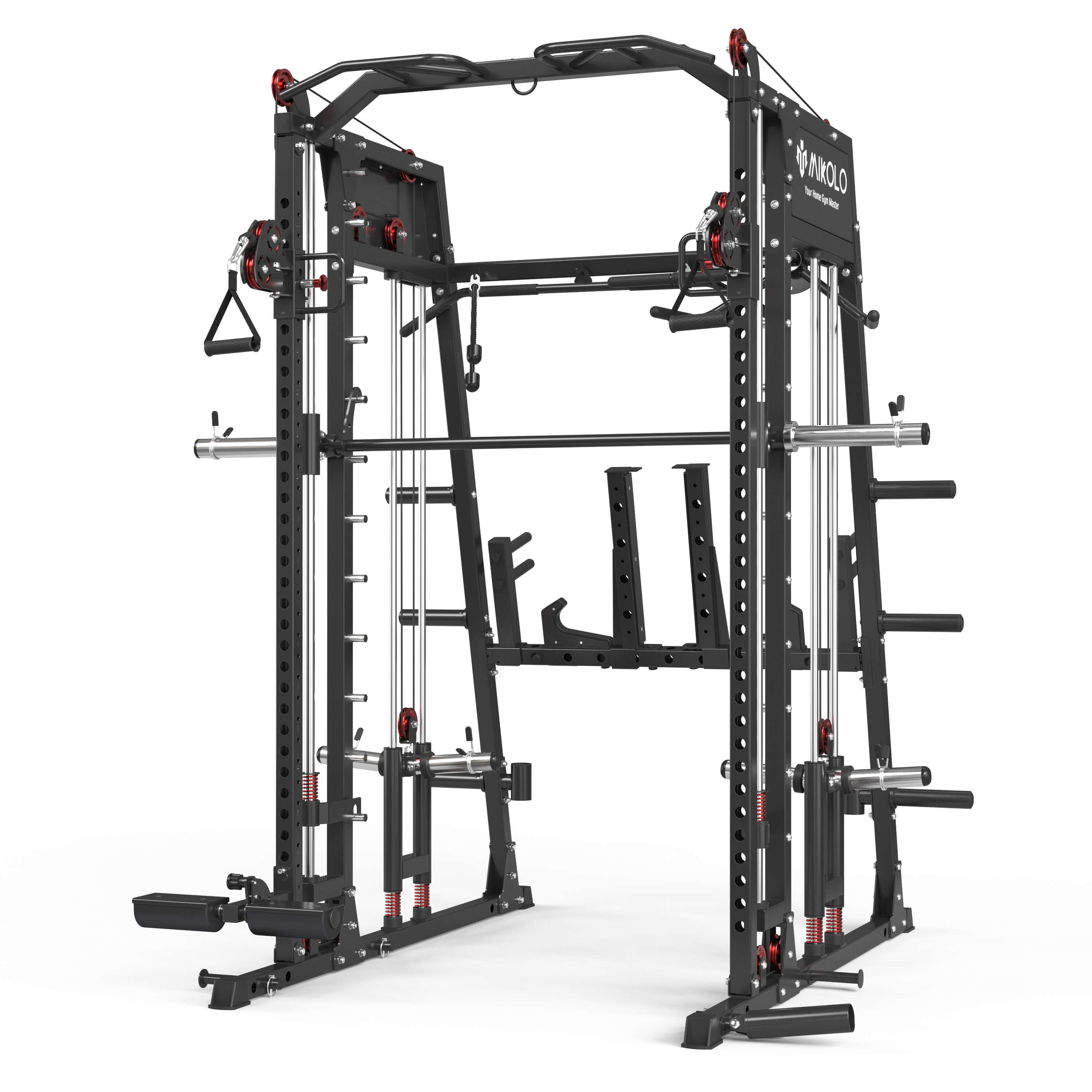
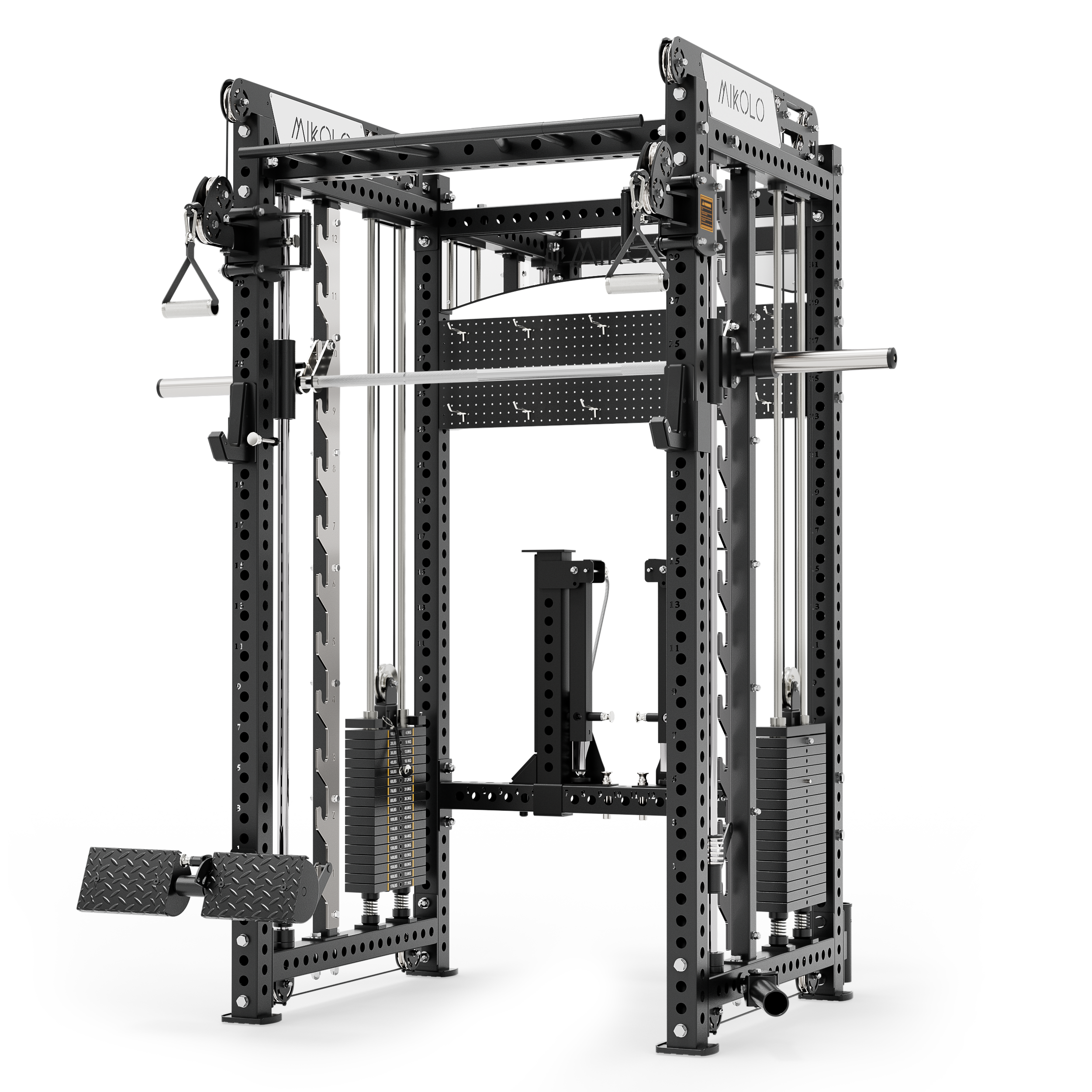
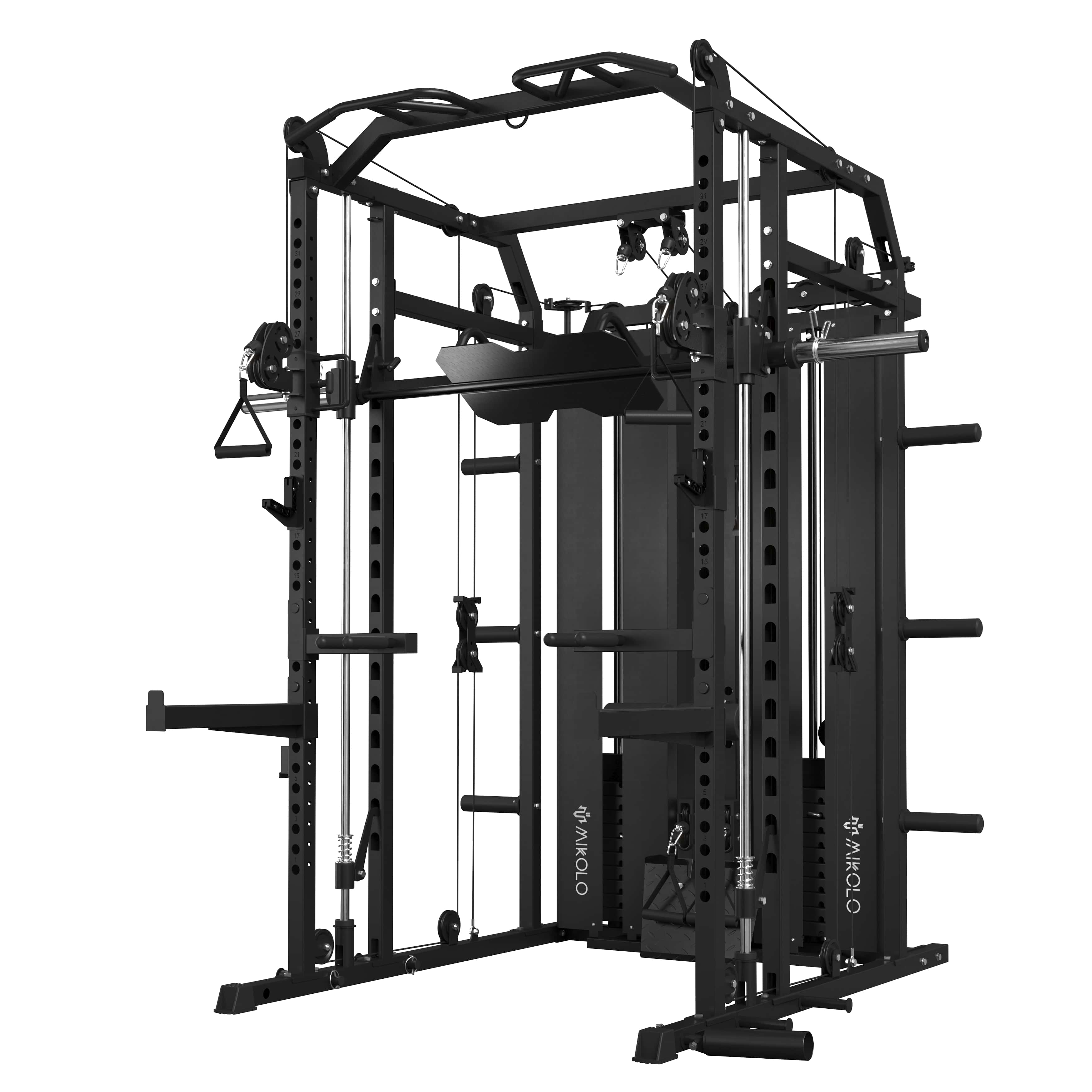
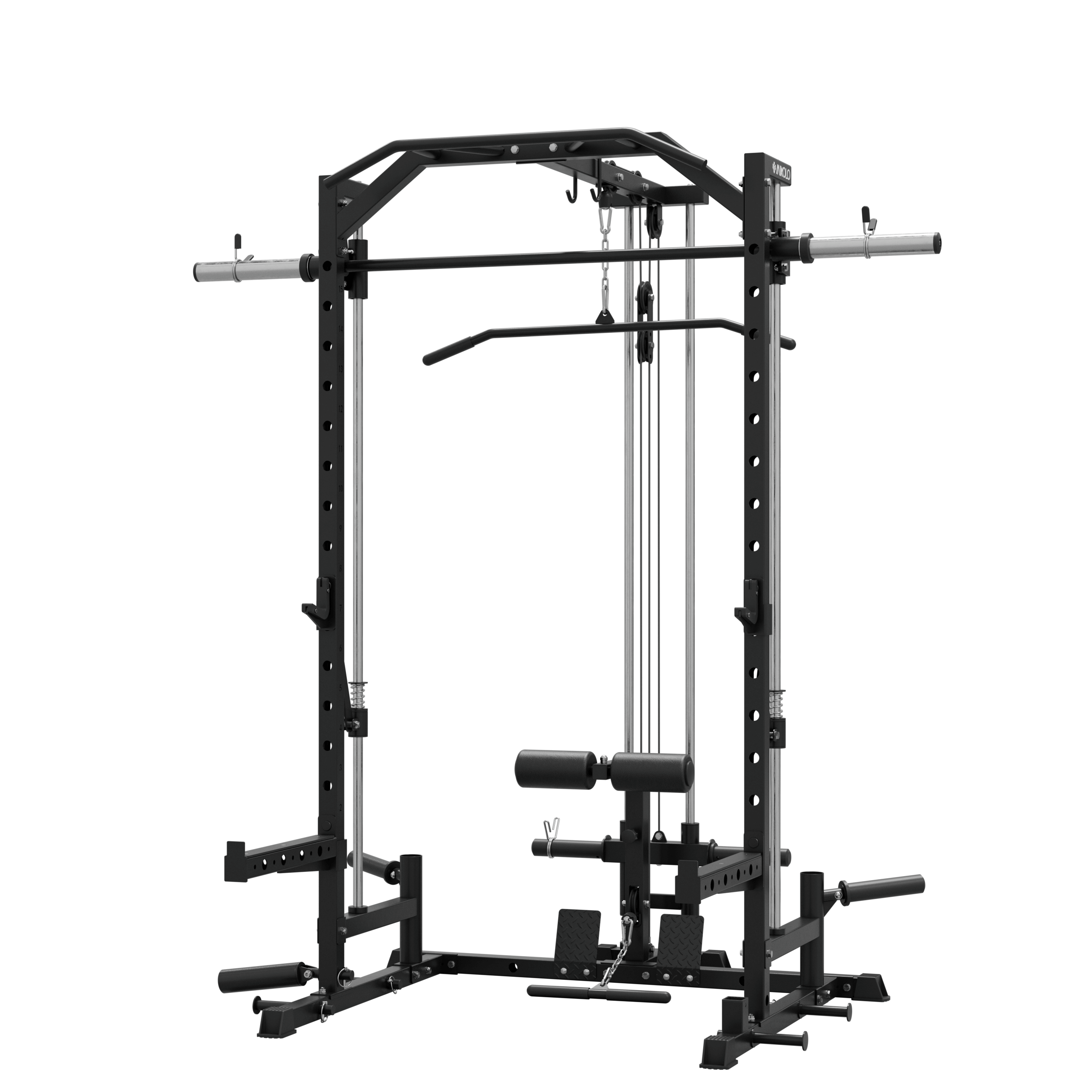
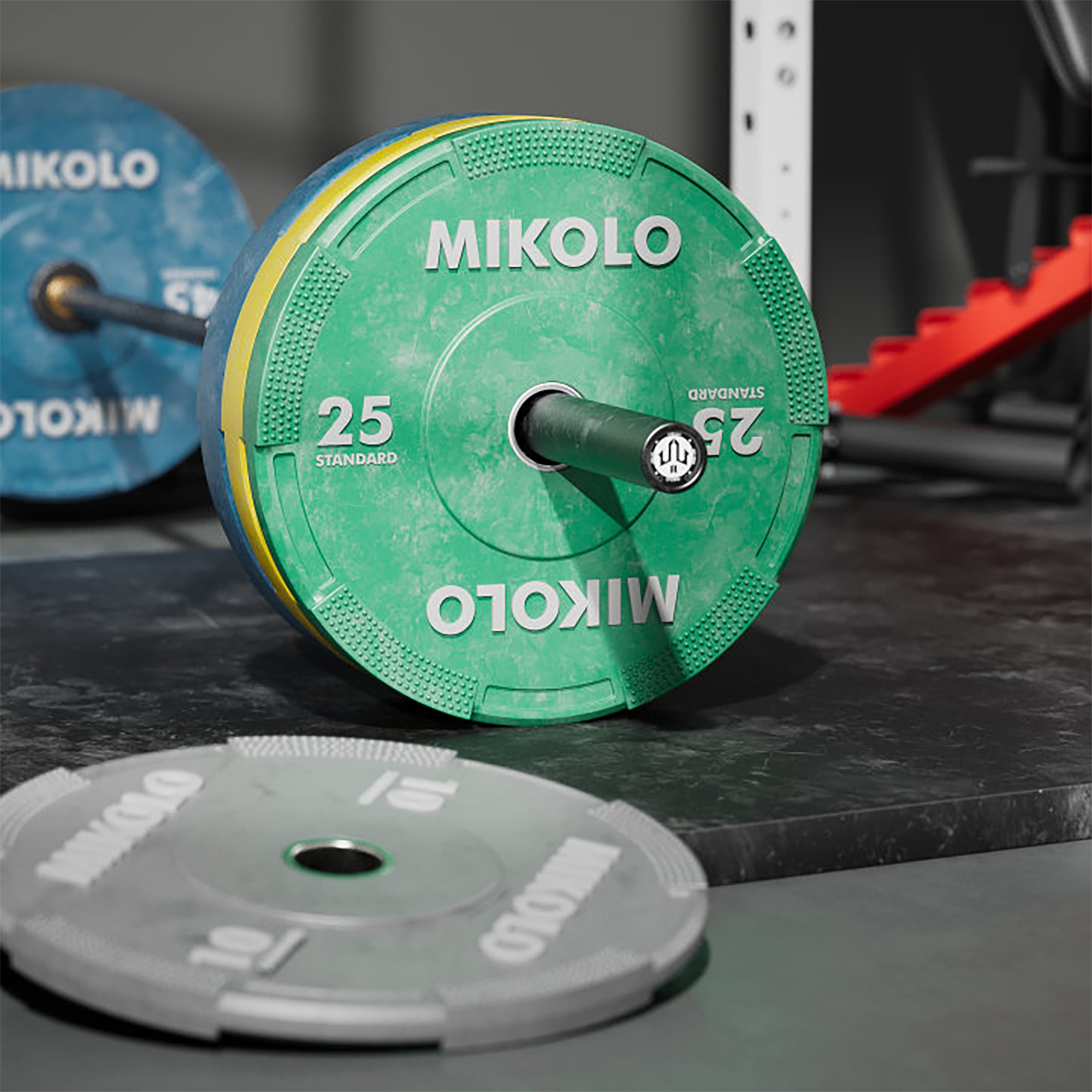
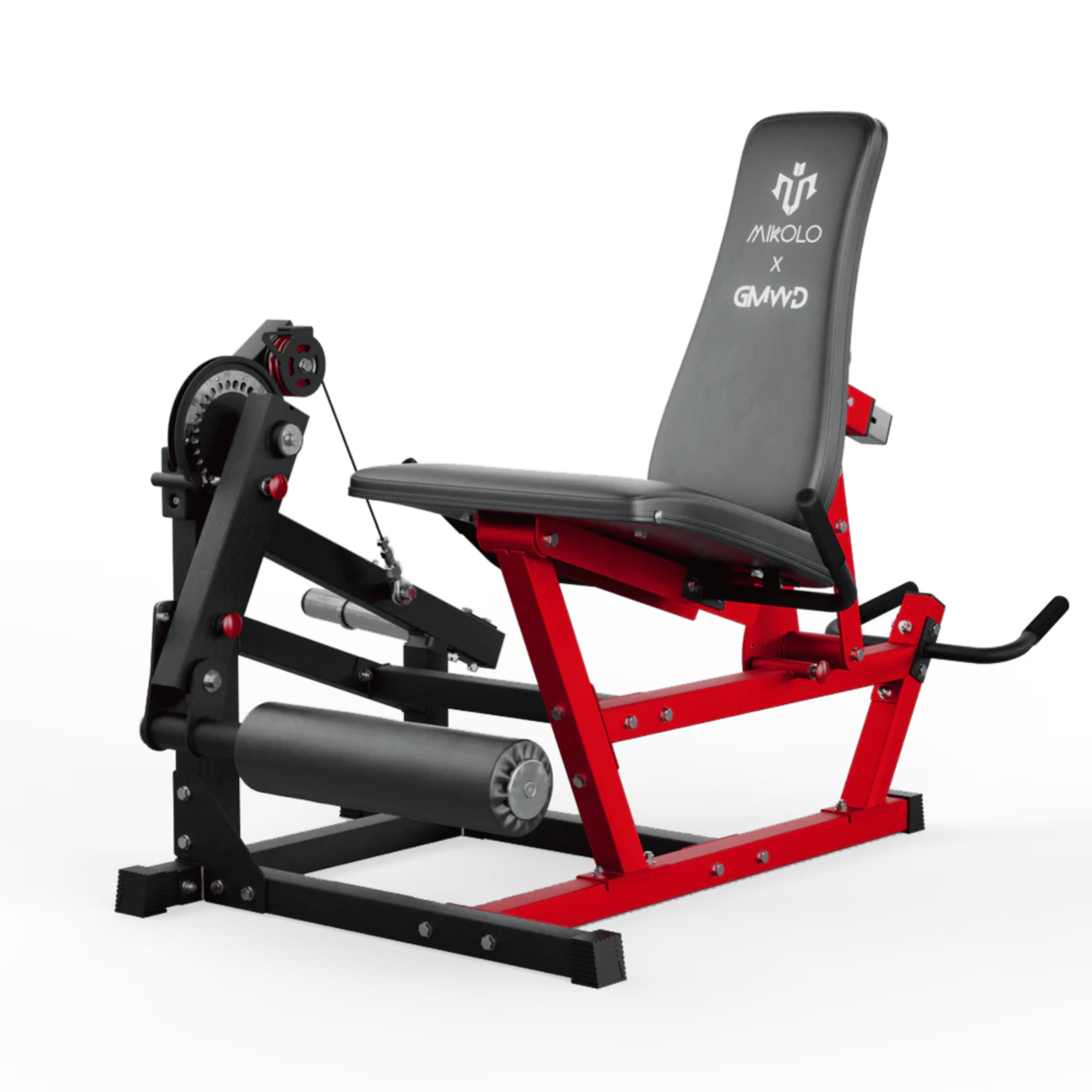
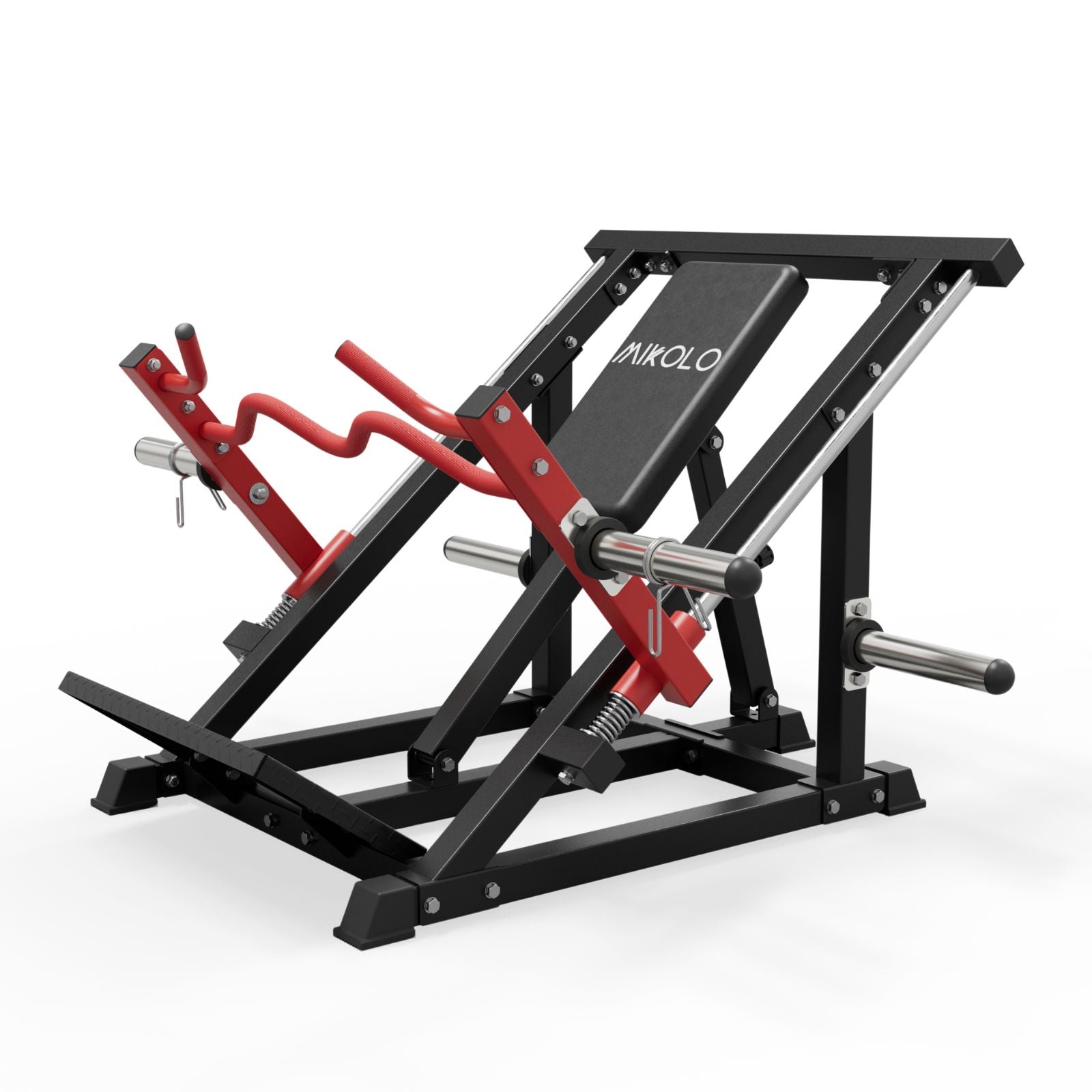
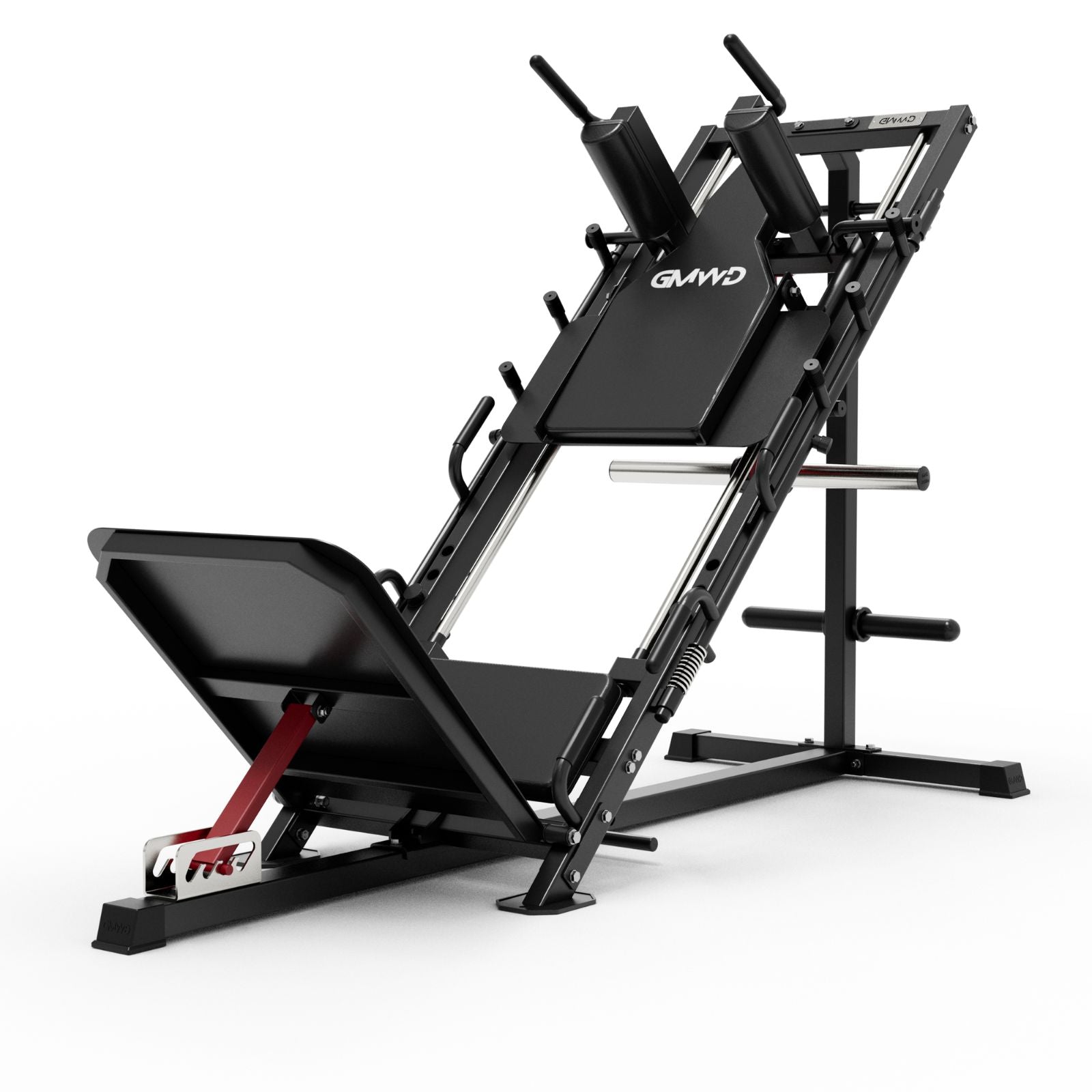


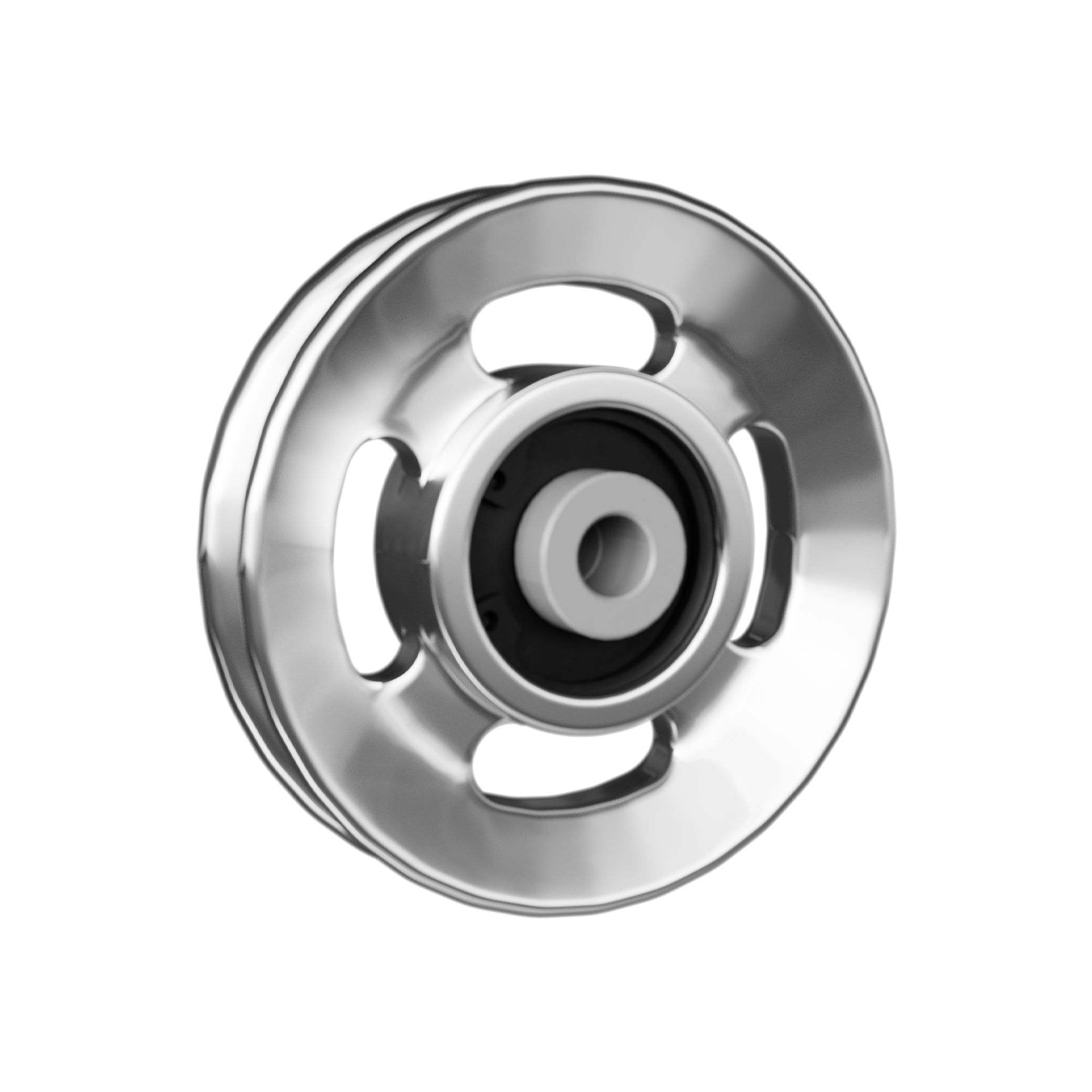
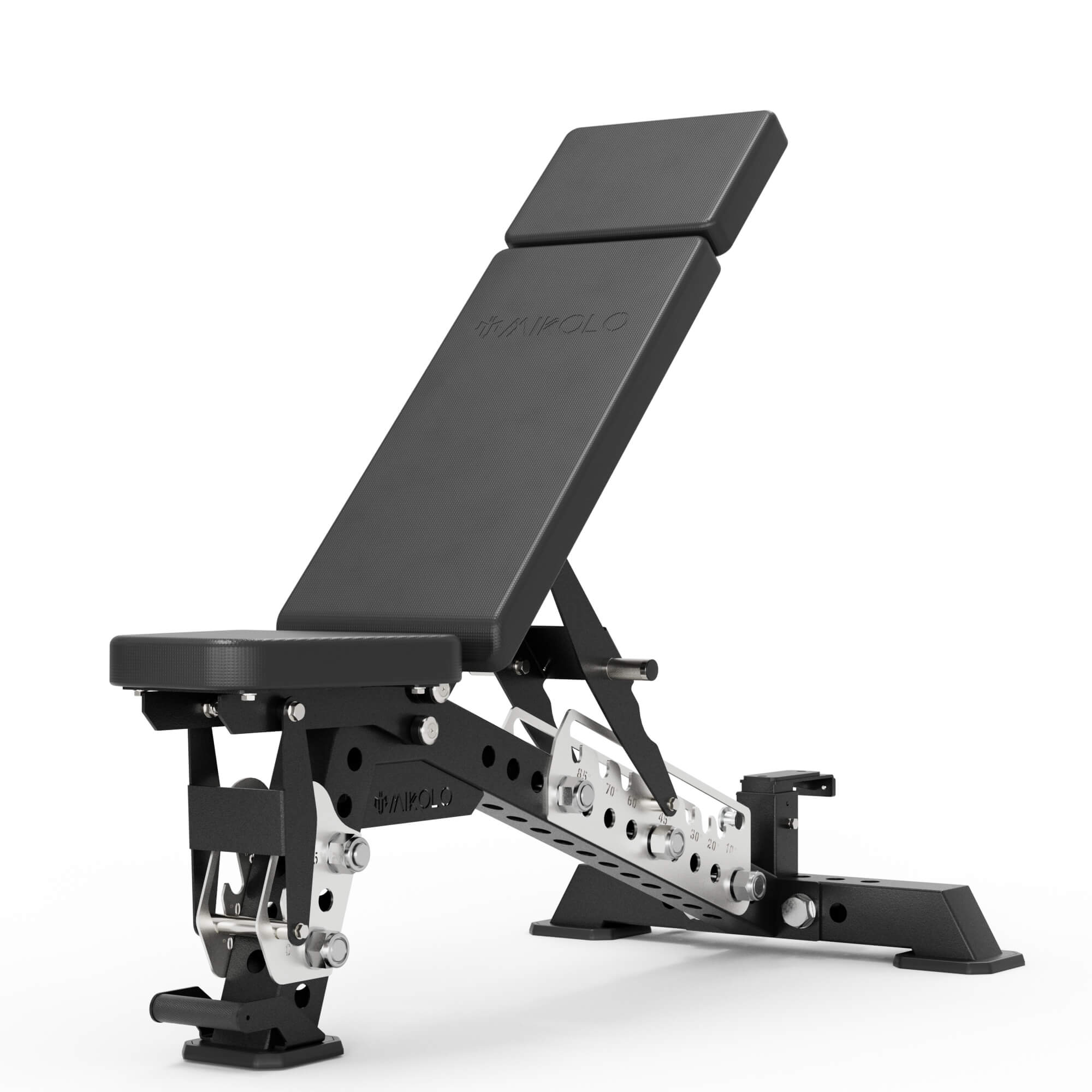


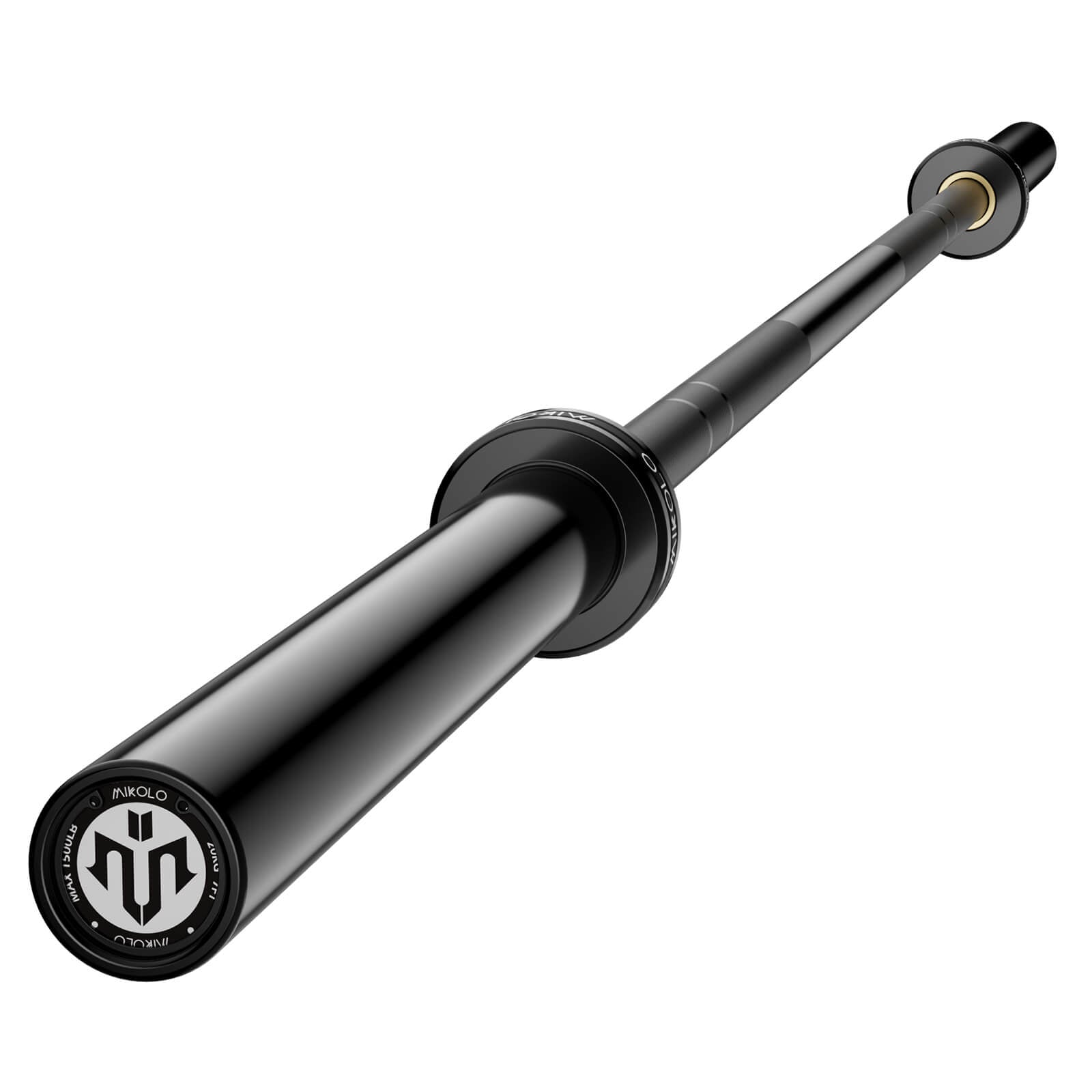

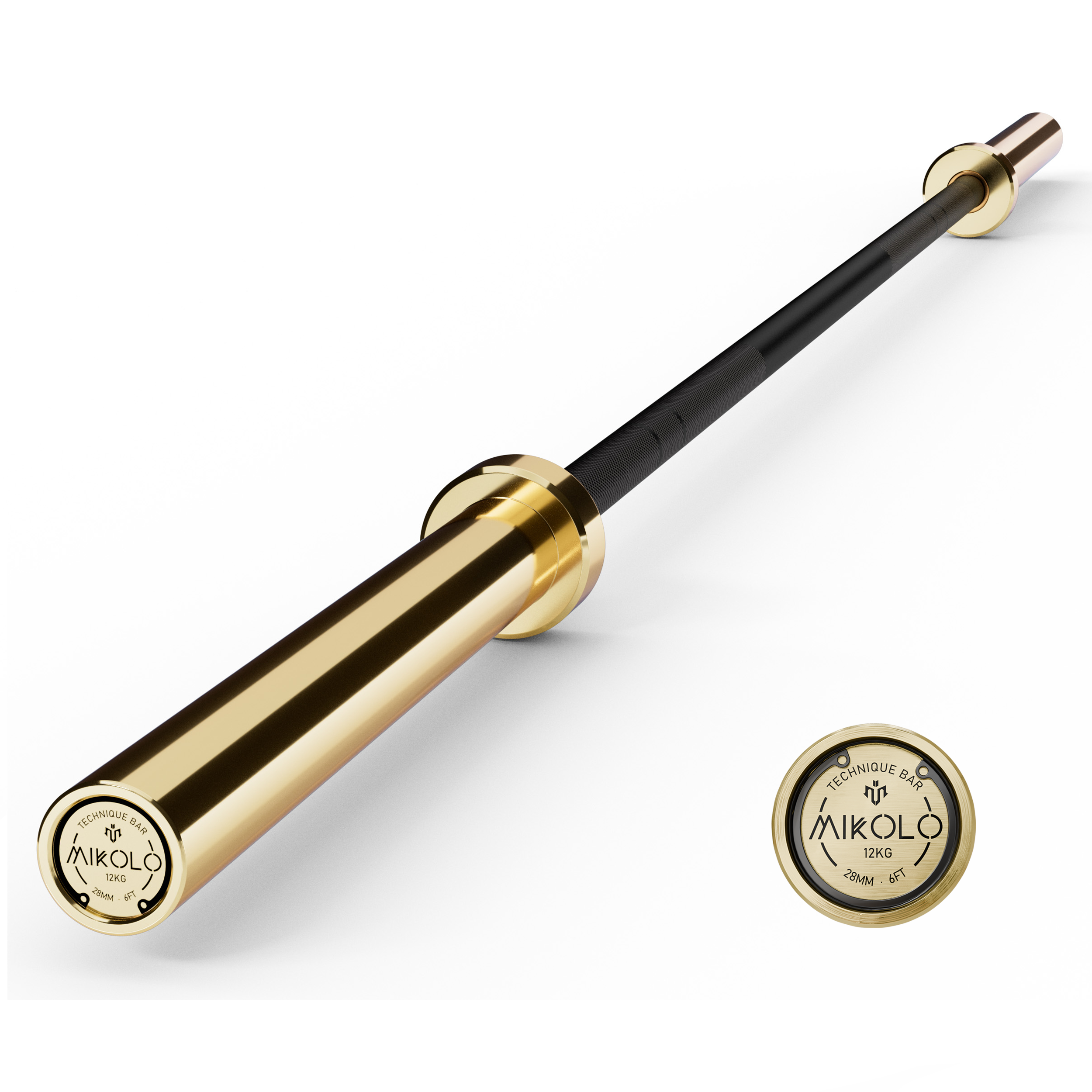
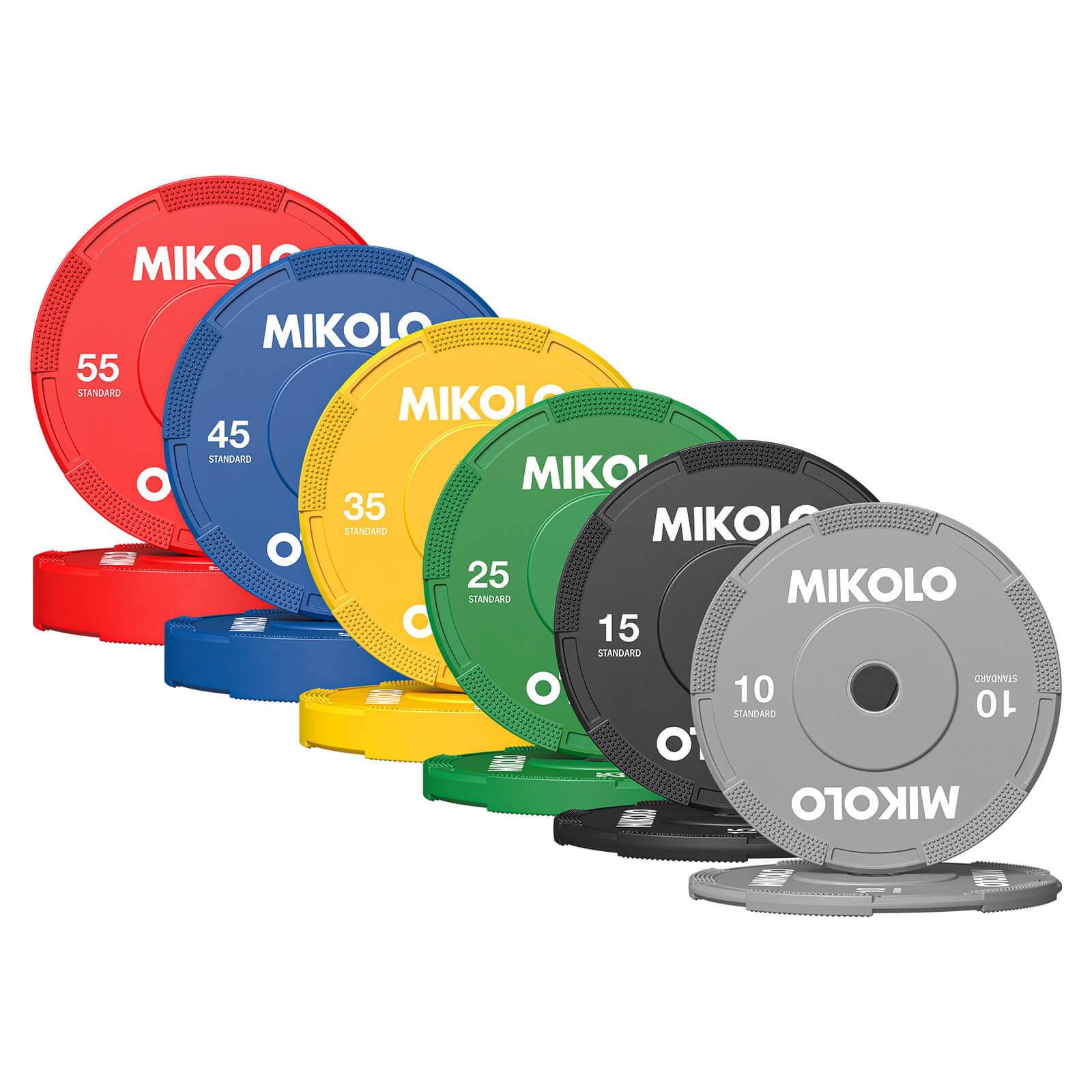
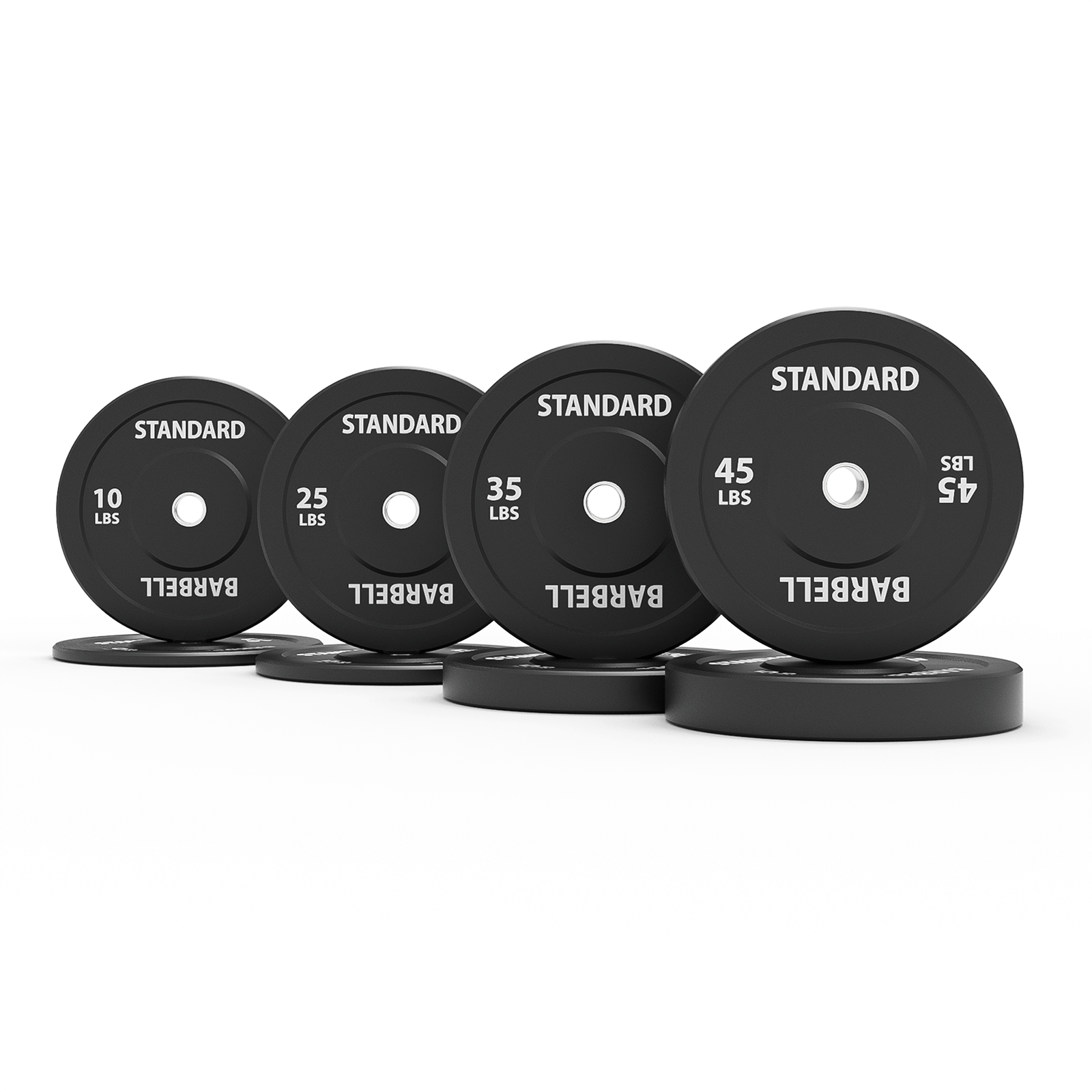
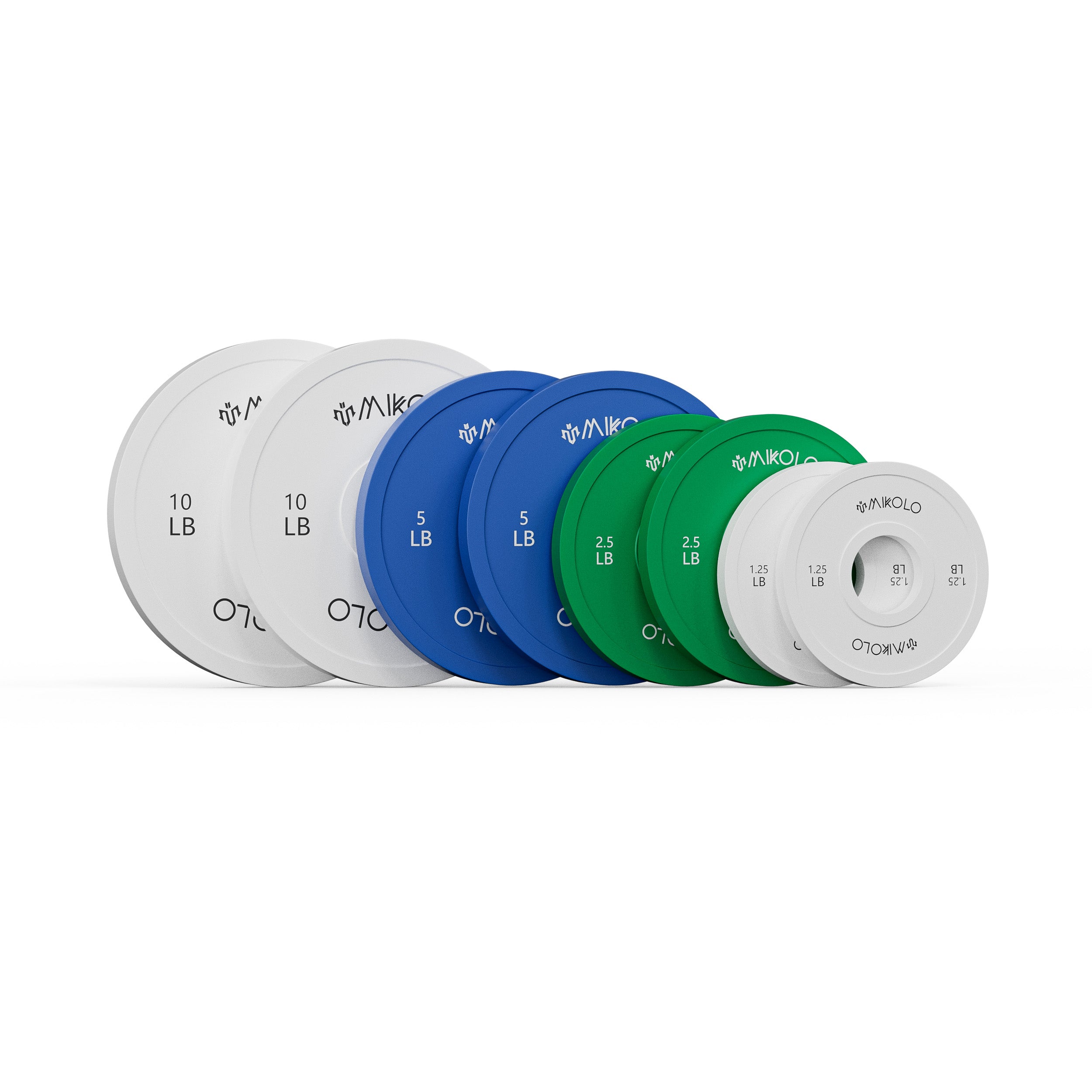
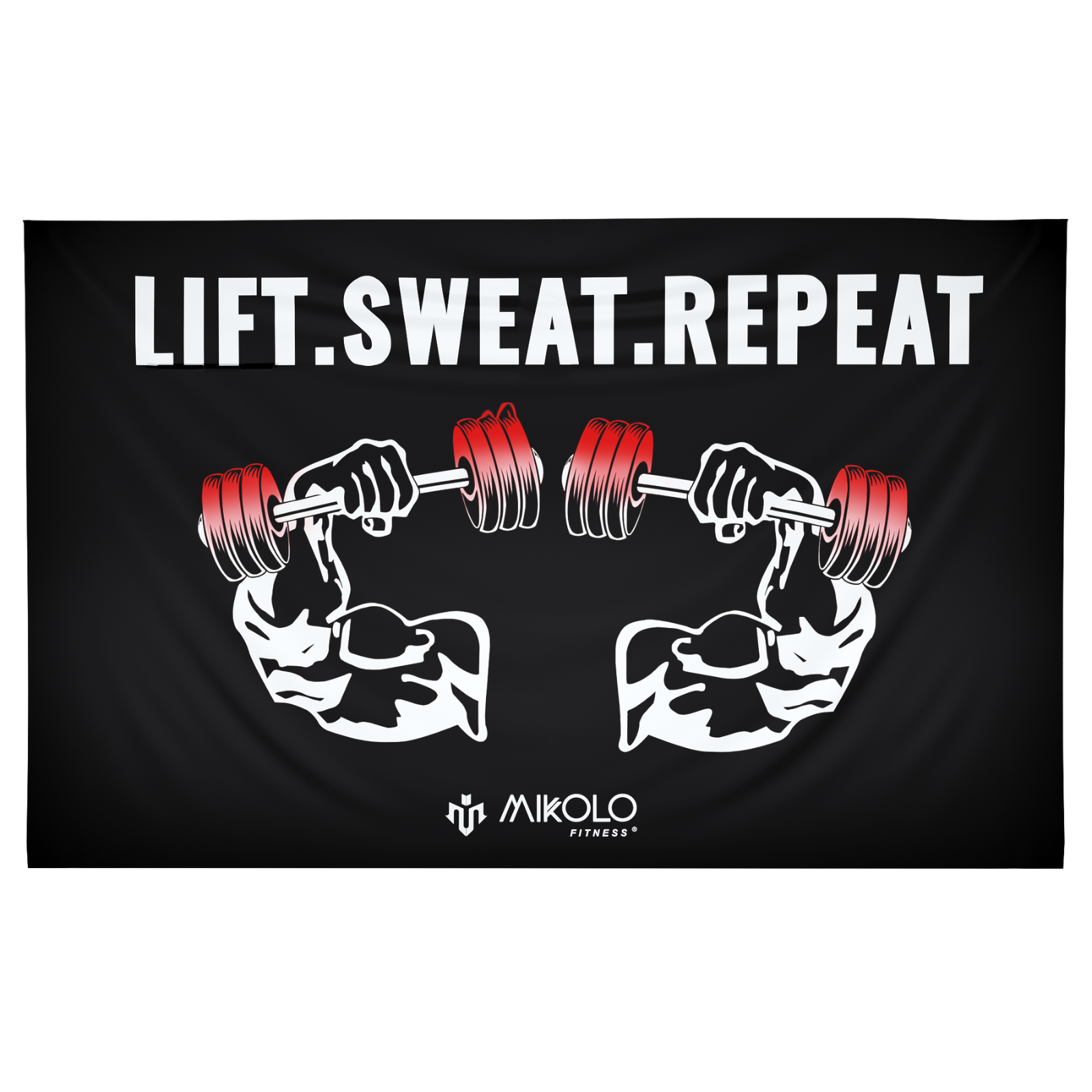
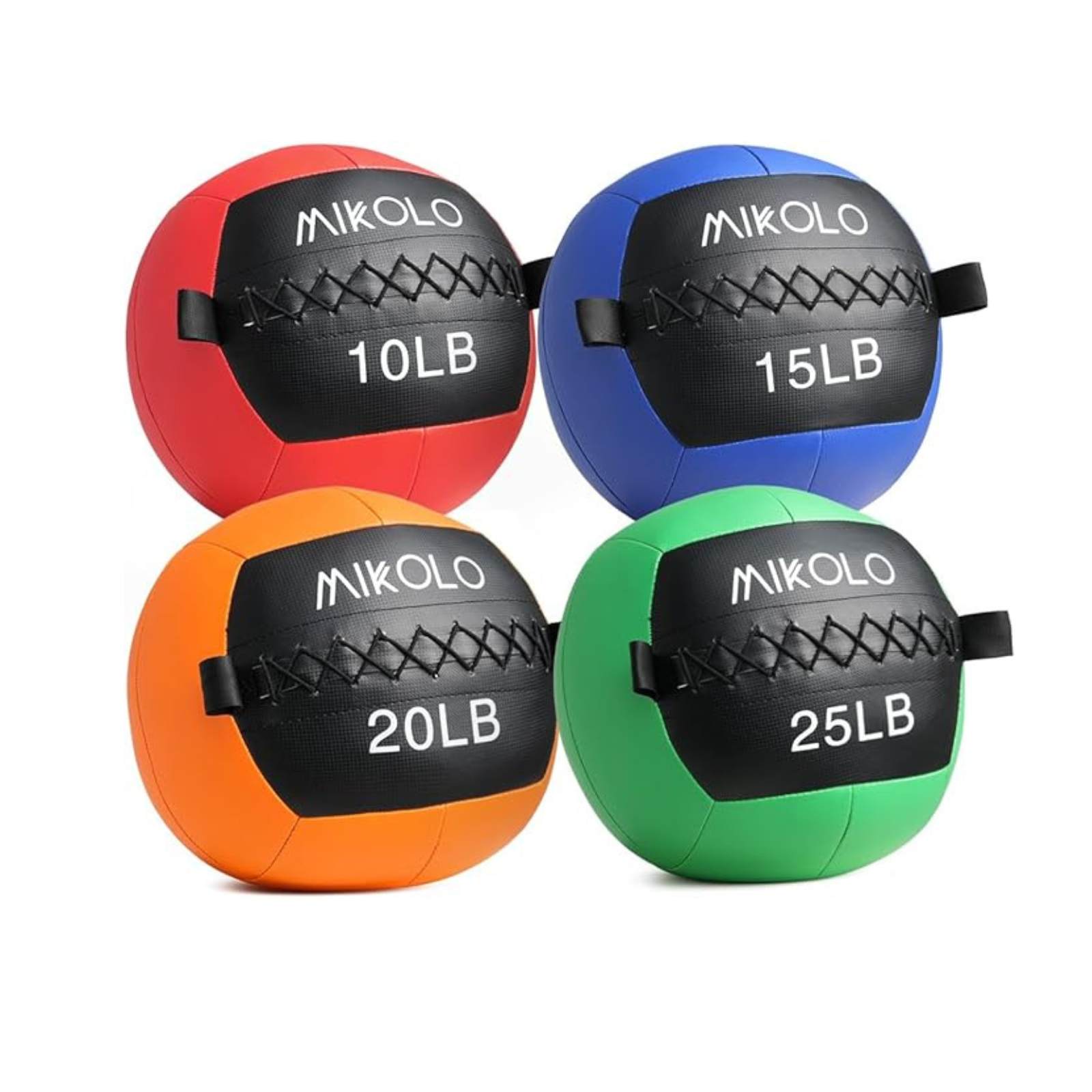
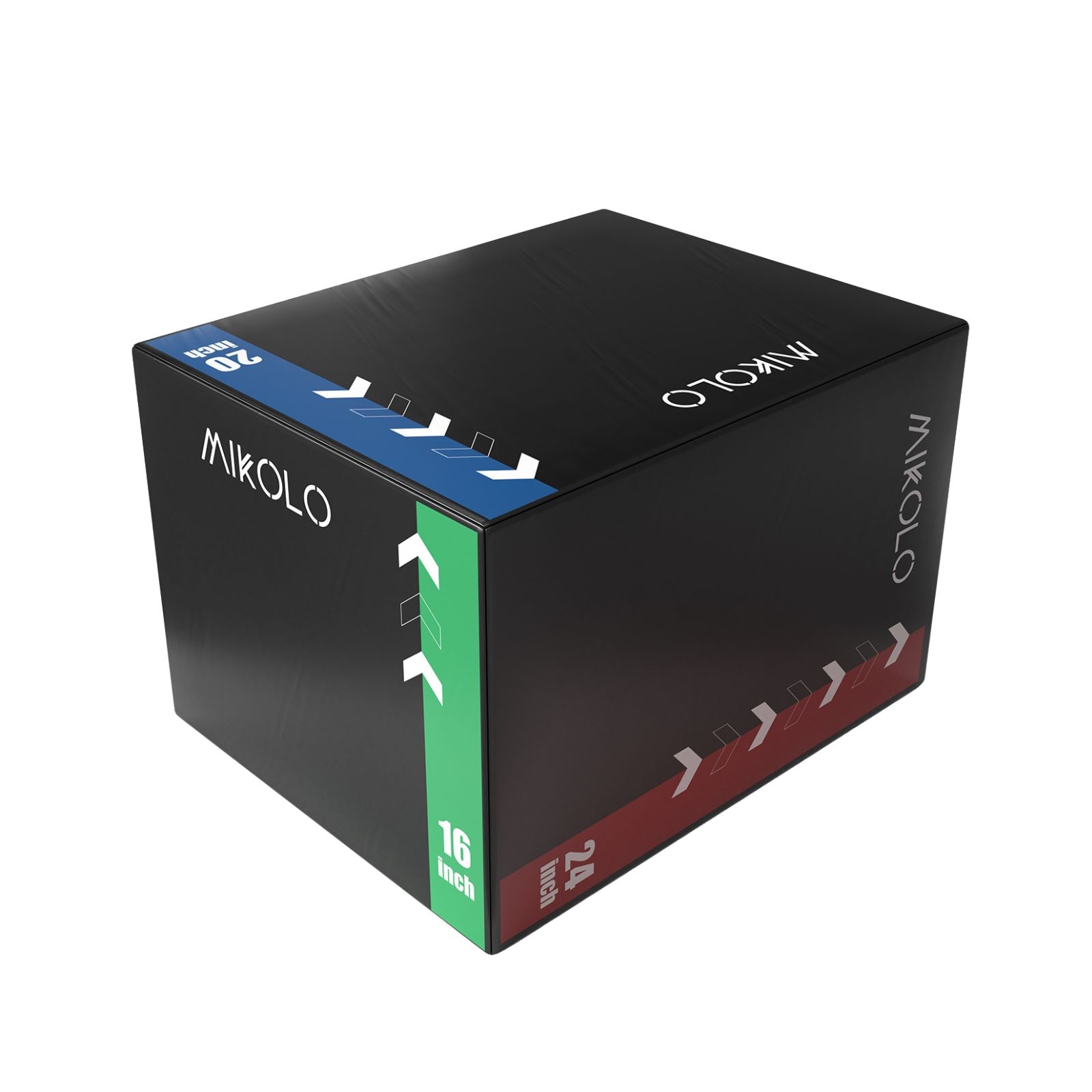

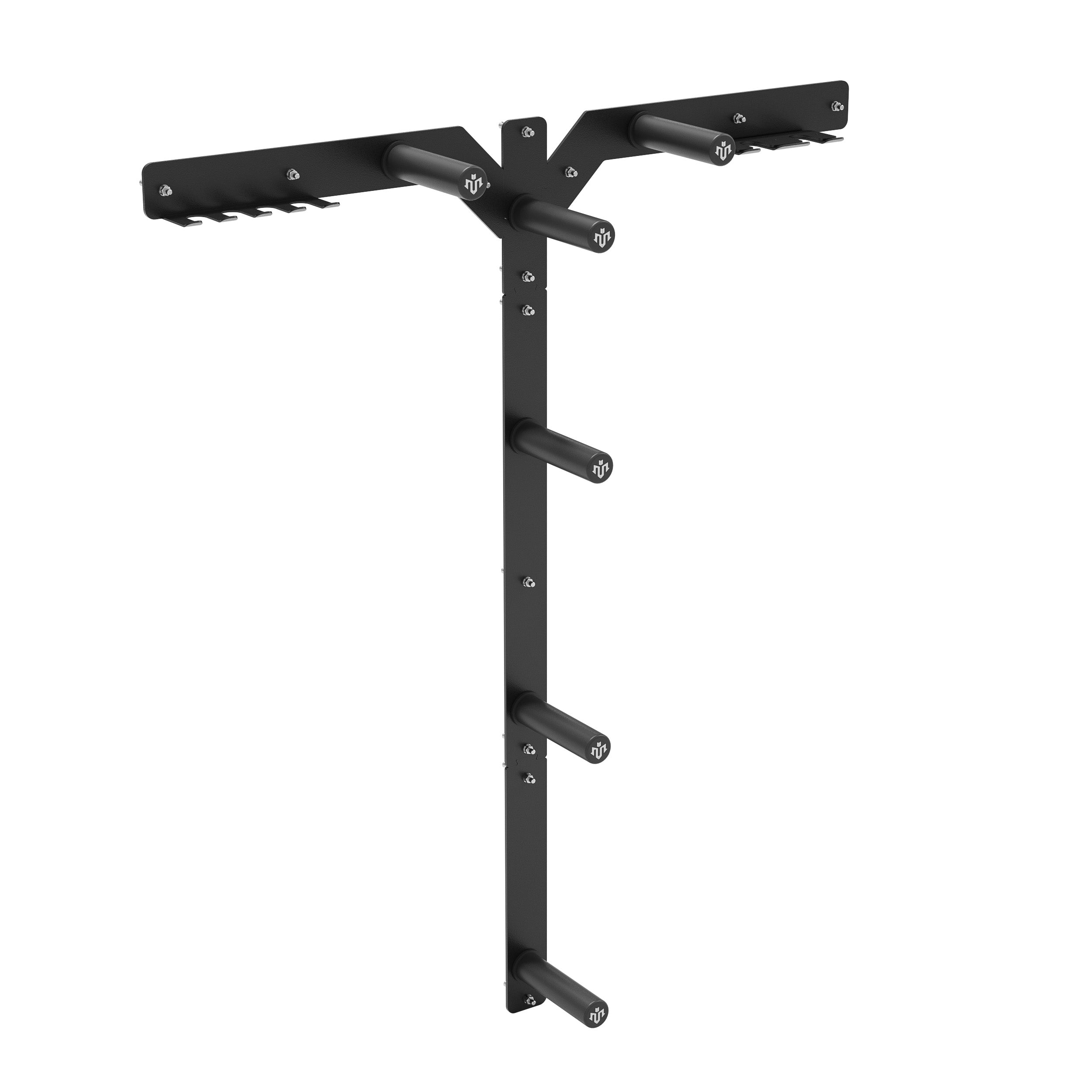




Leave a comment
This site is protected by hCaptcha and the hCaptcha Privacy Policy and Terms of Service apply.